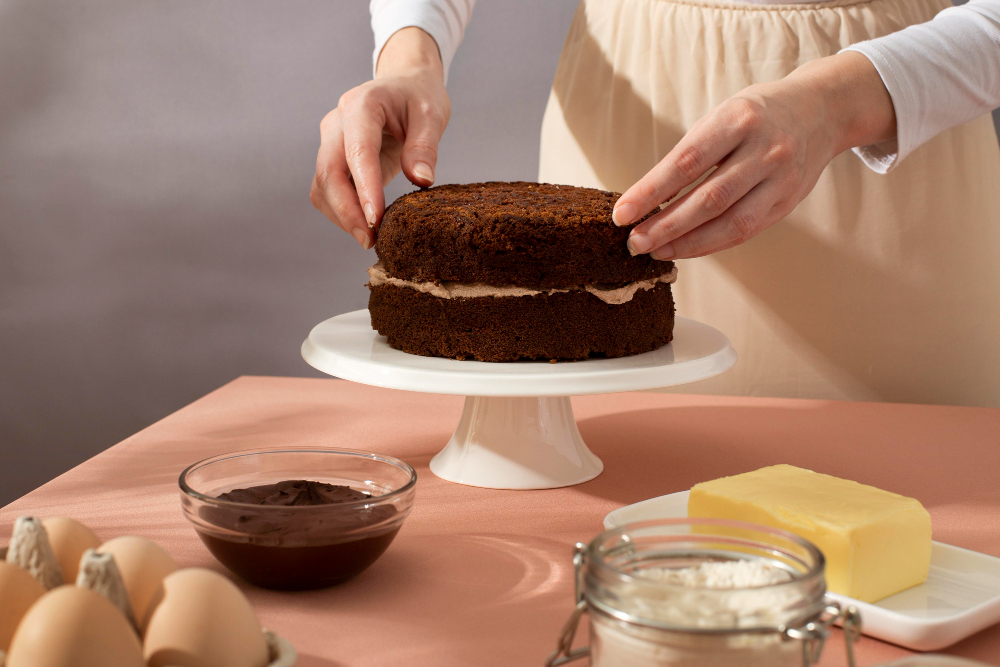Baking is as much an art as it is a science, requiring precision, patience, and a pinch of love. Whether it’s for a large gathering or simply because you want more cake (because who doesn’t?), doubling a cake recipe can seem like a straightforward solution. However, it’s not always as simple as multiplying ingredients by two. To ensure your expanded cake is just as delightful as the original, let’s dive into the nuances of doubling cake recipes.
The Basics of Doubling
At first glance, doubling a recipe might look like child’s play: just double every ingredient, mix, bake, and voilà! However, this approach can sometimes lead to disappointing results. Ingredients do indeed need to be doubled, but understanding how each component interacts in larger quantities is crucial. In addition to 3/4 cup doubled, here’s what you need to consider:
Flour: Doubling flour is straightforward, but be careful not to overmix the batter, which can develop the gluten excessively and make the cake tough.
Sugar: Double the sugar to maintain sweetness, but keep an eye on the baking time, as more sugar can lead to quicker browning.
Fat (Butter/Oil): Fat adds moisture and flavor. Double it to keep the cake tender and rich.
Eggs: Eggs add structure and leavening. Double them to ensure the cake rises properly and doesn’t become dense.
Leavening Agents (Baking Powder/Soda): This is where it gets tricky. You may not need to exactly double these, as too much can cause the cake to rise too quickly and then collapse. Start with 1.5 times the original amount and adjust based on results.
Liquids (Milk/Water): Double the liquids to prevent the cake from becoming dry, but adjust as needed based on the batter’s consistency.
Adjusting the Bake
Doubling a recipe also means adjusting the baking time and possibly the temperature. Larger cakes take longer to bake, but simply extending the baking time might not be enough. Here’s how to adjust:
Baking Time: Increase it, but keep a close eye on the cake from the original recipe’s baking time onward. Use a toothpick or cake tester to check for doneness.
Baking Temperature: Consider reducing the oven temperature by 25°F. This helps the cake bake evenly without burning the edges or top.
Pan Size: Doubling a recipe means you’ll need a larger pan or multiple pans. Ensure there’s enough room for the cake to rise without overflowing.
Practical Tips for Success
1. Know Your Oven: Every oven is different. Understand how yours distributes heat for more predictable results.
2. Mixing Matters: Avoid overmixing the batter, especially after adding the flour, to keep the cake’s texture light.
3. Bake in Batches: If unsure, bake the cake in batches rather than one large cake. This can help manage baking times and ensures even cooking.
4. Measure Accurately: Baking is precise. Use a kitchen scale for the most accurate measurements, especially when doubling recipes.
Conclusion
Doubling a cake recipe offers a bounty of sweetness for gatherings, celebrations, or just a weekend treat. While it requires a bit more thought and care than simply doubling numbers, mastering the art of scaling recipes is a rewarding baking skill. Remember, the best way to perfect your cake is through practice and patience. So, preheat your oven, gather your ingredients, and prepare for a bigger, yet equally delicious, baking adventure.







